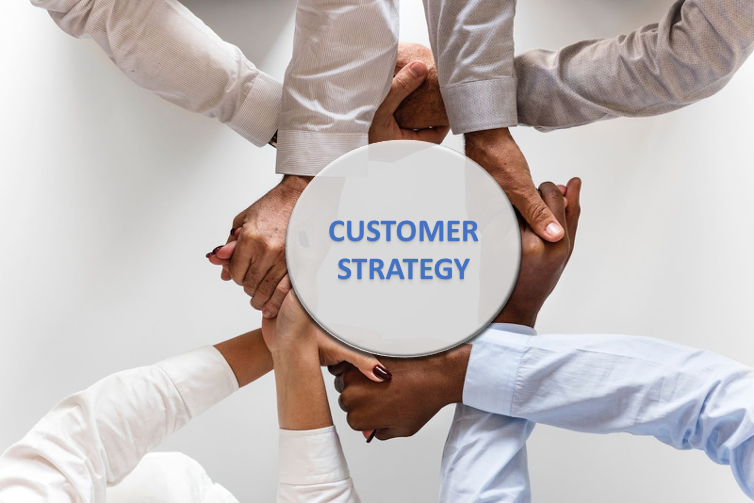Customers play an essential role in any business. Customers hold the power to make a company fall or prosper. The secret to happy customers is a good winning customer strategy and a superior customer service that companies offers. Satisfied and happy customers are the biggest asset for your company. Happy customers brings higher revenue and improves your brand image. The starting point of any good business strategy is a customer strategy.

A business can't follow the traditional approach of targeting a set of chosen customers in this fast ever-changing market. A successful customer strategy needs to articulate the distinctive value and customer experience your organization will deliver to those customers over four to five years, along with the offerings, operating models, channels and capabilities you will need. A well designed customer strategy improves acquisition, lead generation, cross-selling and retention rates by delivering differentiated experiences consistently across all customer touch-points.
We will look into how your business can build a winning business strategy that can maximize your long-term revenue. Customer-centric marketing ans strategy go beyond getting to know your ideal customer persona to generate more leads and fill your sales pipeline. In this article, we will cover :
- Who is your Target Customer are : Know and understand your target customer is the key to aligning all of the strategies across a business model
- It's All About Customer Value : Bring in customer value by understanding your customer better and driving solution towards it
- Customer Personas : The output of your customer strategy are descriptive, insightful and actionable customer personas.
- Customer-Centric Companies : The best companies filter their decisions and actions through their customer's point of view and needs.
More in this post:
- Understanding Customer Strategy
- Setting up the Customer Persona
- Strategic Options with Target Customers
- Which Customer Dimensions are used to Define your Target Customer?
- Four Steps To Creating a Customer Strategy
- How can Deskera help you Manage your Customer Strategy?
- Key Takeaways
- Related Links
Understanding Customer Strategy
Customer strategy is all about knowing your customer and solving for your target customer. Customer strategy is all about solving for your target customers, which will focus on your business and your decision-making.

A typical customer strategy lets you define a customer persona, which basically lets you define and describe your target customer. Once your customer persona is defined you will be able to make relevant and helpful strategic decisions. Many companies try to navigate upto ten customer segments. If you narrow down to two well defined segments you can do a better job of customizing their value proposition, go to market and entire business model per your customer's needs.
For example, let us look at an example of a target customer persona for a sporting goods retailer - "The Jax"
Sporting goods retail customer target - "The Jax"
Demographic
- Mid to high income suburban family
Affinity
- Multi-sport participation
- Owns name brand equipment
- Watch evening family shows together
Psychographic
- Sports is important for family to bond and grow
- Wants no-worry service and value for growing kids in many sports
Value
- 50% of customers spends 2x more than other customers
Behaviour
- 40% of purchases during holidays and birthdays
- 30% at the start of sports season and back to school
- Research Online and then purchase at store

Setting up the Customer Persona
Understanding your target customers is a crucial step in building any your customer strategy. One of the simplest ways to improve a company is to establish and publicize the target customers and persona. Once the customer persona is established you can:
- Differentiate the value proposition to the customer needs
- Supercharge and align go-to market strategies to them
- Customize parts of the business to the target customers
- Drive better financial value than your competitors

Strategic Options with Target Customers
The correct target customer can unlock the growth potential of your business. You need to focus on your target customers by defining and evangelizing your existing target customer by decreasing the number of customer targets they are pursuing. You can also expand into new customer segments by providing customers with more options and products.

Let us look at how we can lead to either focusing or expanding customer targets:
FOCUS
- Fragmenting the business
- Org drowning in complexity
- Lack of compelling value proposition
- Don't understand the customer
EXPAND
- Winning with existing customers
- Superior value proposition
- Clear plan to dominate new target(s)
- High business model synergies
Which Customer Dimensions are used to Define your Target Customer?
The major customers dimensions that need to be usually looked into:

- Demographic: Age, city or region of residence, gender, race, ethnicity, or household composition.
- Socioeconomic: Income, educational attainment, occupation, neighborhood, or association memberships.
- Brand affinity/product usage: Product engagement, purchasing history, or level of brand loyalty.
- Psychographics: Lifestyles, life stage, personality, attitudes, opinion, or voting behavior.
- Generation: Specific generation cohort group.
- Geography: Geographical area in which consumers reside and work.
- Geodemographics: Combines geography and demographics, which may cluster into identifiable groups.
If you are in a business-to-business also known as B2B market, then the dimensions look slightly different. In B2B, instead of demographics, there are firmographics. Firmographics are attributes of the business or industry, such as size, industry and location.
In B2B business, affinity is more about the services and products a company may use. The psychographic dimension of a B2B deals more with the buying process, decision makers and influencers.

Four Steps To Creating a Customer Strategy
Deciding on the correct target customer is both science and art. The art is defining the right customer in a way that gives your business value proposition enough room to grow, allows you to differentiate versus competitors, and is easy for employees to understand and use in decision making.
The science utilizes the best research and analytic techniques to drive actionable and insightful fact based decisions, which is the foundation of your customer strategy. It is not easy, but customer strategy will get you a long way down the road to growth with the right approach and tools.
You still need to conduct a customer strategy project every few years, as customer and competitor dynamics shift and change.
Step 1 : Research the Customers & Market
Step 1 of starting your customer strategy project is to conduct customer, market and competitive research utilizing both internal and external resources. The research aims at shaping the architecture of a customer survey and customer feedback. Working on the value proposition and go-to-market section helps you scope out potential areas to deep dive for further insight and validation.

Internal Research
What research and data do we have or can create? What insights are there? Who are our most valuable customers?
Typical analyses include:
- Pareto, Segmentation & Trend Analysis
- Internal Research & Analysis
External Research
What trend and market research is there on customers? How is the market segmented? Who are competitors targeting?
Typical analyses and tools used include:
- Market Research
- Problem Solving
Hypothesis
What is important to your customers? What are the potential customer segments to focus on? Why? How will we decide?
Typical customer research tools include:
- Problem Solving
- Brainstorming
Step 2: Design & Execute the Customer Survey
Whether you already have a defined target customer or not, you need to conduct a customer strategy survey every few years. In today's time customer dynamics change overnight. Competitors can pop up from out of nowhere and generational divides are always ever evolving. Let us focus on what you are trying to accomplish with a survey and the major elements to cover.

Descriptive customer dimensions
What are the important psychographic, demographic, behavioral, affinity, and value attributes for target customers?
Typical analyses include:
- Problem Solving
- Brainstorming
Value Proposition
What do your customers value in the services, products & pricing…now vs. future? How do we competition vs. compare?
Typical analyses include:
- Polling
- Brainstorming
- Ethnography
Go-to-market
How do your customers decide, learn, buy, use? What are the effective marketing, sales, and distribution strategies? What are the trends influencing purchasing decisions?
Typical analyses include:
- Research
- Problem Solving
- Brainstorming
Step 3: Determine the Right Customer Targets
Once you have carried out and executed the survey, you need to clean up and normalized the survey data. Take the time for the systematic analysis and synthesis of the data. You can work with experienced data science professionals alongside business experts to drive a hypothesis creation and validation of insights. There is a lot of science that goes behind the analysis.
Once you find potential target customer segments from all of the analysis, you move into engaging your leadership team in problem solving workshops to deliberate and decide on the right target customer to unlock the growth potential for your business.

Generate Insights
What are the insights on customer segments, value, trends, gaps and opportunities? Insights on competitors?
Typical analyses include:
- Cross-tabs & Segmentation Analysis
- Statistical Analysis
- Problem Solving
Synthesize
What are your top potential target customers? Why so? What is the decision criteria and scores and criteria for your target?
Typical analyses include:
- Decision Matrix
- Problem Solving
- Storyboarding
Deliberate and Decide
Which target customers can provide the most value potential for your company? Why? What are the implications?
Typical analyses include:
- Prioritization Matrix
- Facilitated Workshops
Step 4: Embrace the Target Customer In Decisions and Strategies
Once your team settles on a target customer the actual work begins with getting all your employees minds to embrace the target customer into their strategy development, thought process, problem solving and decision making. Evangelizing is the first step. Commit the resources for a strong internal marketing campaign. You can reinforce the target customer into employee communications and throughout their training, materials and artifacts throughout your employee's lifecycle. Put in place the governance and metrics to track success with the target customers. Most importantly you need to ensure all of the strategies (e.g., value proposition, business proposal, business model) and align it with the needs of your target customers.

Evangalize
What is your plan to market target customer to employees? How can you drive change management in decision making?
Typical analyses include:
- Marketing Campaign
- Change Management
- Employee Lifecycle
Measure
Which target customer success metrics should be measured and reported for your business? Will there be incentives?
- Typical analyses include:
- Business Intelligence
- Governance
Alight Strategies
How will other strategies of the business align to and differentiate for the needs and persona of the target customer?
Typical analyses include:
- Strategic Planning
- Brainstorming
- Workshops
How can Deskera help you Manage your Customer Strategy?
As a business owner, you can invest in customer management softwares that can help you keep track of your customers, leads, email campaigns, customer strategy, balance sheet, inventory etc. A successful business needs an efficient customer management and financing process that meets your specific needs.
With Deksera CRM you can manage contact and deal management, sales pipelines, email campaigns, customer support, etc. You can manage both sales and support from one single platform. You can generate leads for your business by creating email campaigns and view performance with detailed analytics on open rates and click-through rates (CTR).
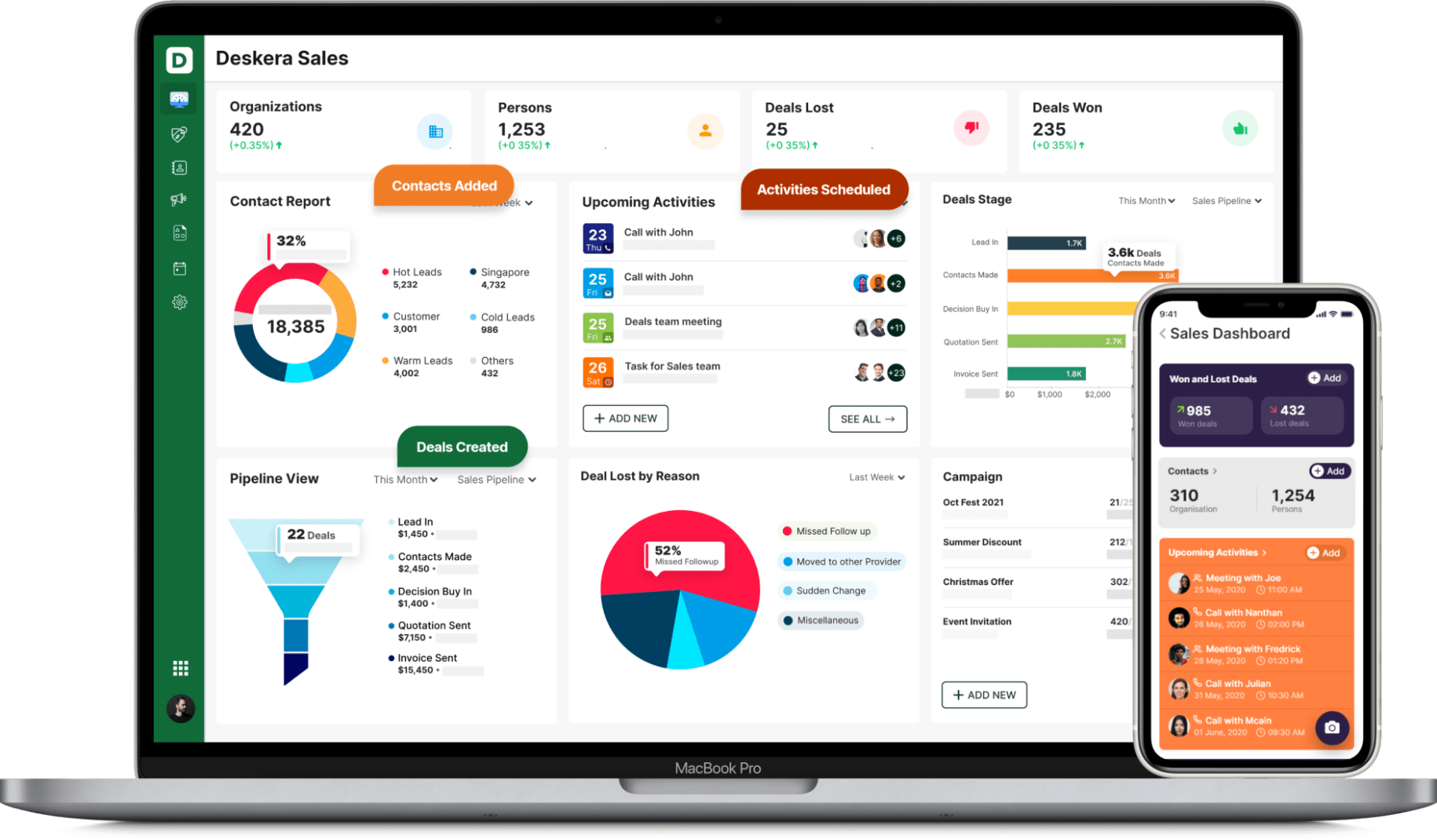
Deskera Books is an online accounting software that your business can use to automate the process of journal entry creation and save time. The double-entry record will be auto-populated for each sale and purchase business transaction in debit and credit terms. Deskera has the transaction data consolidate into each ledger account. Their values will automatically flow to respective financial reports.
You can have access to Deskera's ready-made Profit and Loss Statement, Balance Sheet, and other financial reports in an instant.
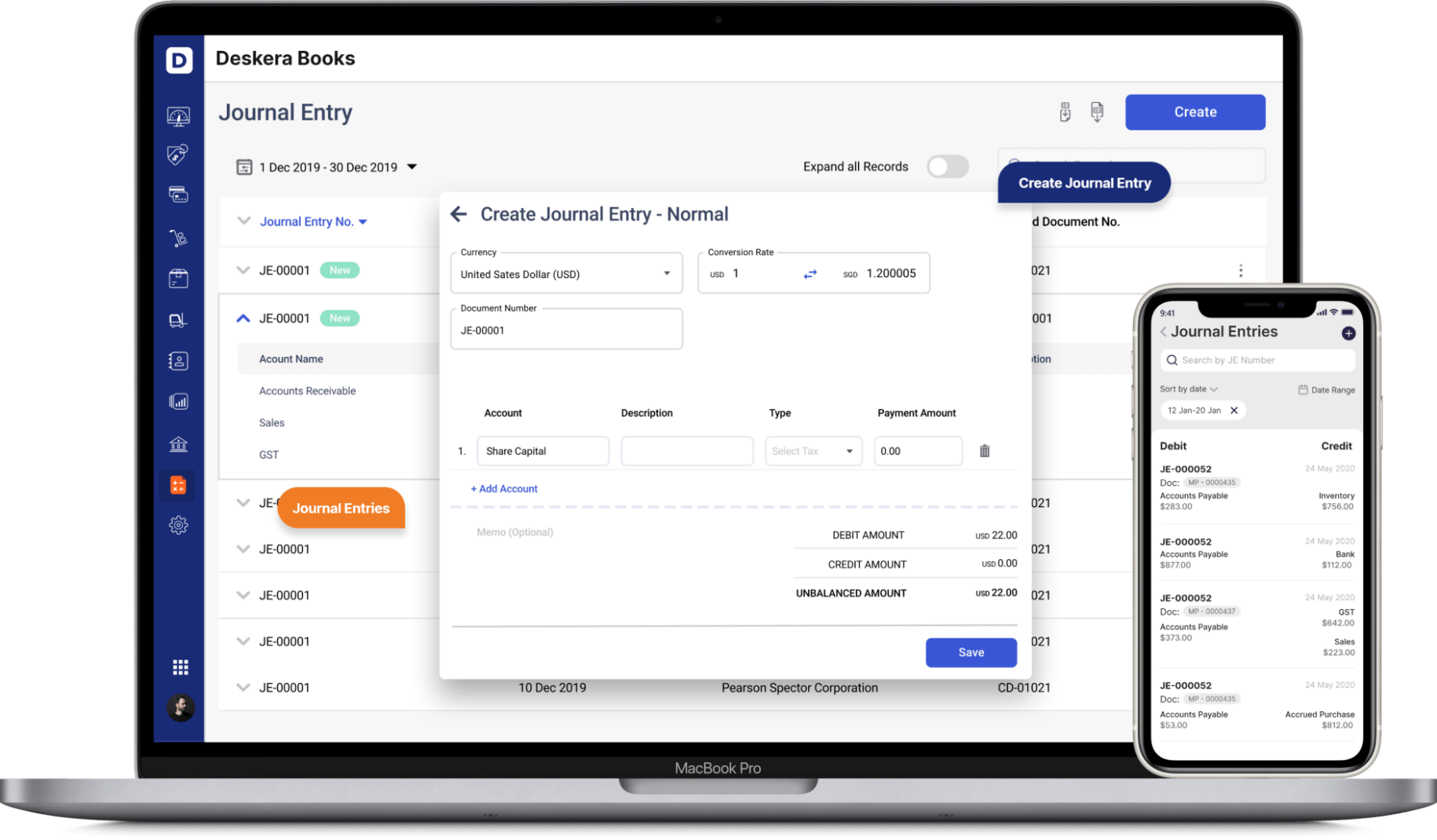
Deskera can also help with your inventory management, customer relationship management, HR, attendance and payroll management software. Deskera can help you generate payroll and payslips in minutes with Deskera People. Your employees can view their payslips, apply for time off, and file their claims and expenses online.
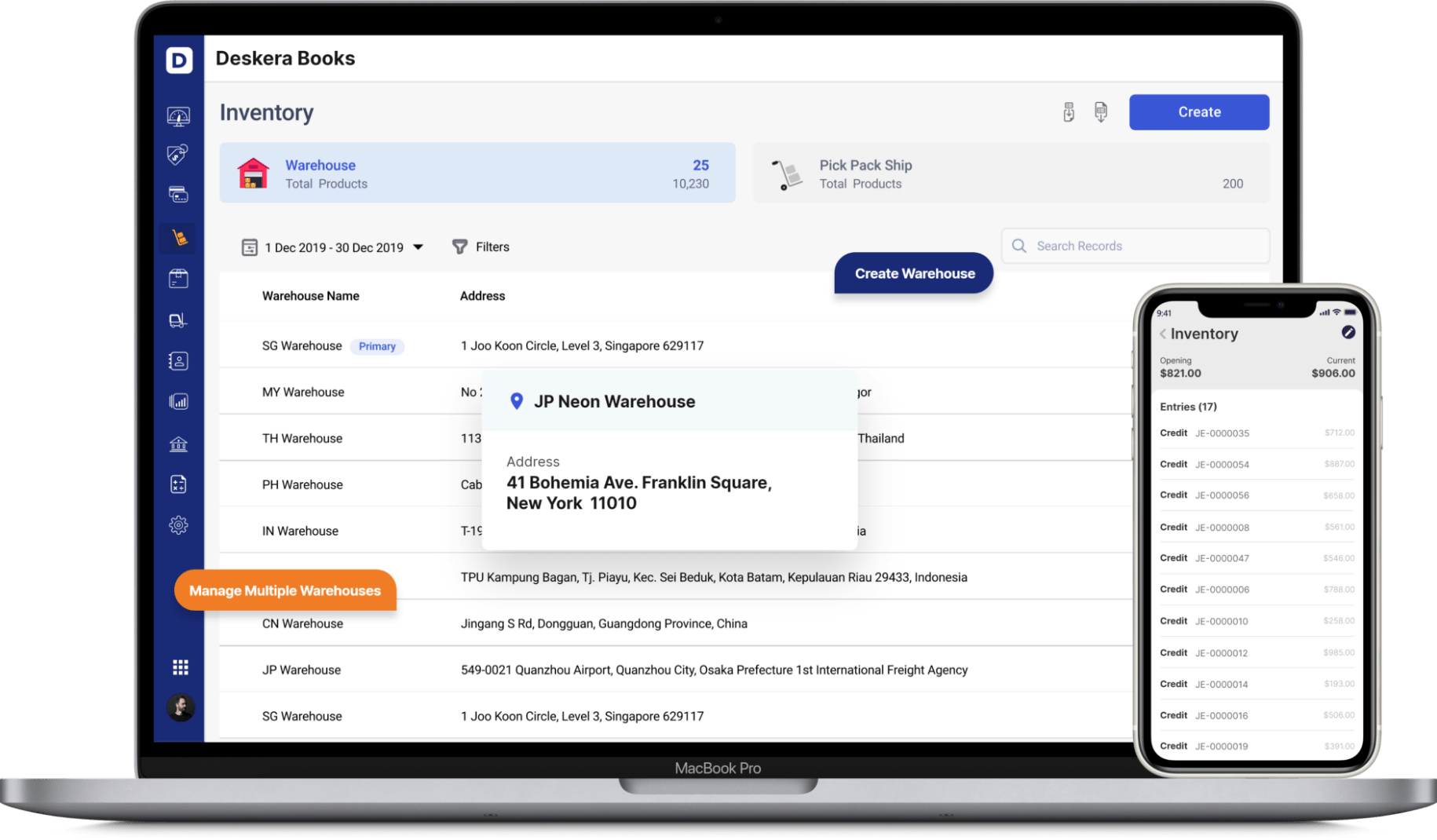
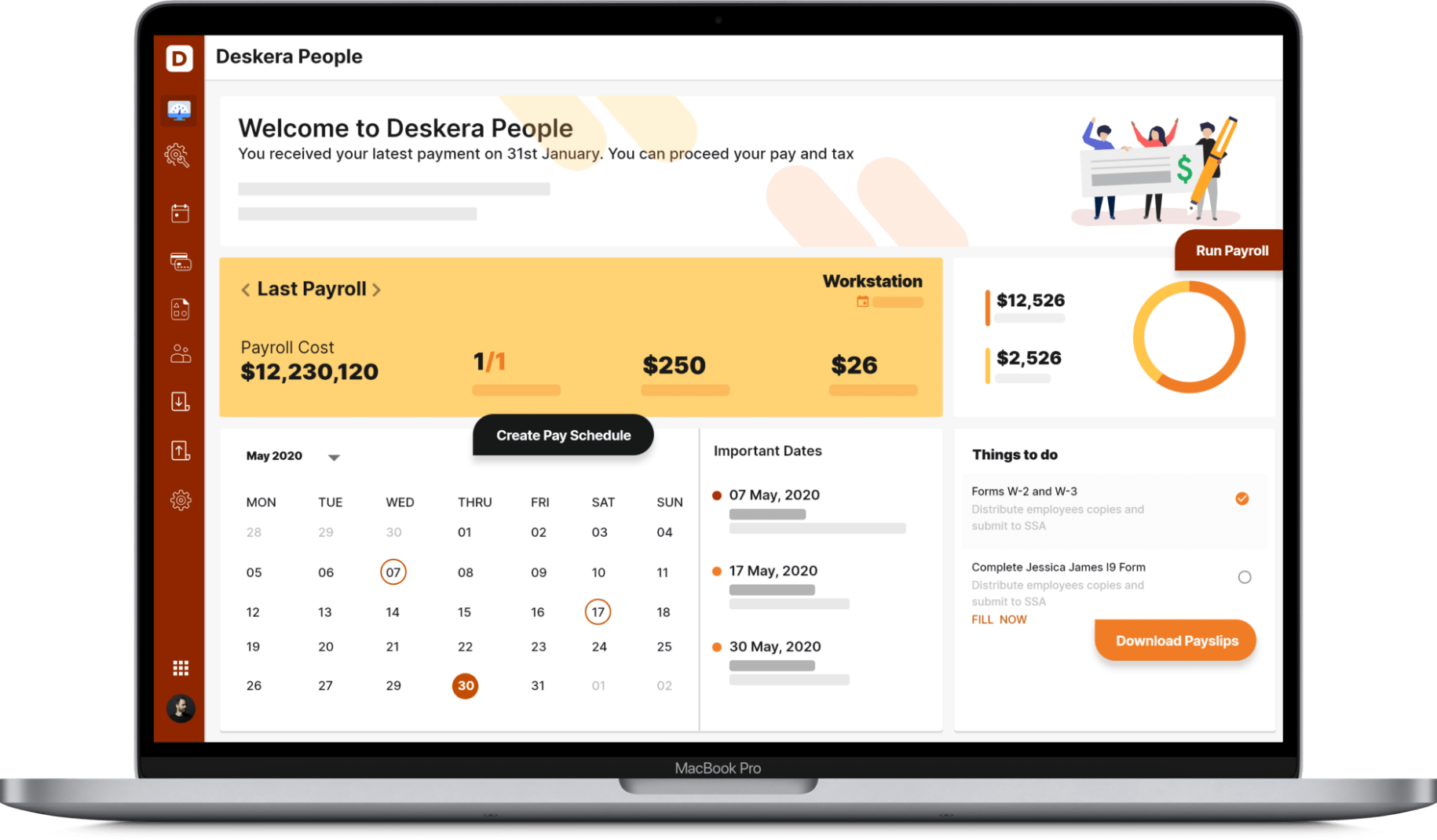
Deskera is an all-in-one software that can overall help with your business to bring in more leads, manage customers and generate more revenue.
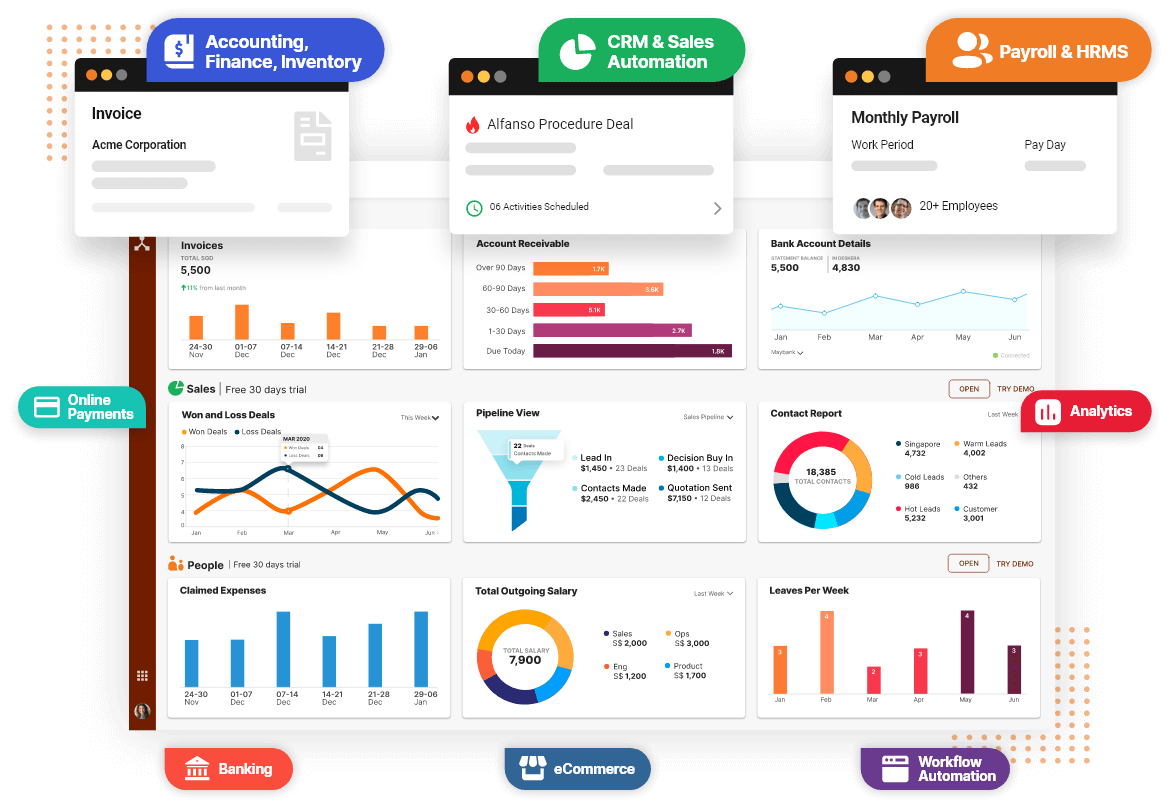
Key Takeaways
Majority of companies either do not have a defined target customer or need to define their target customer better. Once you determine the right target customer, solving rest of the strategies across a business model is easier. Customer strategy projects are not difficult if you employ the proper problem solving and methodologies.
Steps to build customer strategy is:
- Step 1 : Research the Customers & Market
- Step 2: Design & Execute the Customer Survey
- Step 3: Determine the Right Customer Targets
- Step 4: Embrace the Target Customer In Decisions and Strategies
Related Links




